How to Make Homemade Natural Furniture Polish and Get Rid of White Rings
Here they are: ECs top three Homemade Furniture Polish recipes for your consideration, plus a bonus for how to get rid of those annoying white rings on furniture.
Deep in the pile known as my email inbox, I found a request from EC reader Kelly for a homemade furniture polish recipe. She said that she uses a lot of it and it’s getting so expensive.
My first thought was to suggest that Kelly time her purchases for when furniture polish goes on sale, and then stock up as a good way to save money. Economically, that is great but that didn’t seem like the best response to her query.
Kelly didn’t mention environmental issues in her desire to make her own furniture polish, but after doing some research on the matter, I became convinced that is something all of us should consider—perhaps even more than the high price of quality furniture cleaners, polishes, and protectants.
Read the labels
It was shocking to see what goes into a can of commercial spray furniture polish (not sure what I was expecting, but what I found was not it).
Many contain synthetic ingredients like dimethyl siloxanes and silicones, solvents, isobutane, petroleum distillates, and artificial fragrances to mask the chemical odors.
Since then, I’ve learned so much, and mostly this: We can establish healthier homes and at the same time save a lot of money by replacing chemical- and fragrance-laden furniture polish with homemade natural formulas.
Here are my top three homemade furniture polish recipes for your consideration, plus a bonus for how to get rid of those annoying white rings on furniture, the result of a wet glass or hot plate.
See the printable recipe card below (scroll down) for the exact
recipes and specific instructions
Wood Furniture Polish #1
- olive oil
- lemon juice
- white vinegar
This polish is light, lovely, and super effective. Apply and use as you would any commercial furniture polish product. Spray on, wipe off, buff well. Do not allow this polish, which contains vinegar, to sit on the wood surface for an extended period of time. Remember: Spray, wipe, buff. Wipe on, wipe off 🙂
Wood Furniture Polish #2
- boiled linseed oil
- turpentine (gum spirits)
- white vinegar
This homemade furniture polish is better for your wood furniture than anything you buy at the store. It polishes, cleans, and protects like no commercial product can. Please not the “boiled linseed oil” is a product available in the paint aisle of any home improvement center like Home Depot or Lowe’s. Do not purchase linseed oil and then attempt to boil it yourself. Please NO! Look for the can that clearly states Boiled Linseed Oil.
Wood Furniture Polish #3
- beeswax
- Jojoba oil
- essential oil (optional)
This polish should be applied and allowed to sit for at least 15 minutes to allow the nourishing oils to soak in for greater protection and a brighter shine before removing the excess and buffing it to a gorgeous shine!
Homemade Natural Furniture Polish
Ingredients
WOOD FURNITURE POLISH #1
- 1 cup olive oil, see NOTE 1
- ½ cup lemon juice
- 1 teaspoon white vinegar
WOOD FURNITURE POLISH #2
- ⅓ cup boiled linseed oil, see NOTE 2
- ⅓ cup turpentine
- ⅓ cup white vinegar
WOOD FURNITURE POLISH #3
- ⅔ cup beeswax, see NOTE 3
- 3 cups Jojoba oil
Instructions
WOOD FURNITURE POLISH #1
- You will have the best results if you use a blender or food processor to get the ingredients to emulsify, in much the same way you would make salad dressing.
- Pour the lemon juice and vinegar into the blender jar or food processor bowl, then start the machine and pour in the oil very, very slowly until all is combined or "emulsified."
- Pour into a spray bottle, at least 12-ounce size, or other bottle or jar that has a tightly fitting lid. Apply the container's lid or sprayer top and label clearly
- TO USE: Add apply a small amount of the mixture with a soft cloth and buff to a shine. Use sparingly! A little of this mixture will go a long way. It is best to start with a small amount on your cloth, adding more as necessary. If you leave too much oil on furniture it will act as a magnet to attract the dust you’re trying to avoid.
WOOD FURNITURE POLISH #2
- Pour the boiled linseed oil, turpentine, and white vinegar into a spray bottle that is at least 12-ounce capacity.
- Apply sprayer top then shake well.
- TO USE: Apply with a soft cloth and wipe completely dry with a second clean soft cloth. Label clearly and keep out of reach of children!
WOOD FURNITURE POLISH #3
- Place the beeswax and oil in a double boiler over medium heat.
- Warm and stir until the beeswax has completely melted and incorporated into the oil.
- Stir in the optional essential oil if you wish to add a lovely fragrance (the only reason for essential oil in this recipe)
- Carefully pour the liquid into a jar or other container that has a tight-fitting lid. Allow cooling for about 2 hours, at which time this polish will reach a semi-hard, creamy consistency.
- TO USE: Scoop a small amount onto a clean rag and rub it into the wood surface, always in the direction of the grain. Wipe away the excess immediately and buff well with a dry clean cloth. Or allow to remain for a few hours to let the nourishing oils soak in for greater protection and a brighter shine before removing the excess and buffing to a gorgeous shine!
Notes
Get rid of white rings
Before polishing wood furniture, check the wood for watermarks that look like white rings from where a wet glass or a hot plate was previously placed on the surface. One way to remove that is with a little mayonnaise! Place a dot of the real stuff—full fat, no diet or lite version here—on the problem and then gently rub it into the stain.
Let the mayo remain on the mark for at least an hour (or it could take even longer to penetrate properly) then wipe it away. Remarkably, the mayonnaise should pull the moisture out of the wood’s surface, which is causing the white markings. When the white rings are gone, proceed to polish the surface with your choice of polishes.
NOTE: This process may not work on a piece of furniture that has a shellac or varnish finish that is older than 50 years. In this case, you would be well advised to seek the services of a professional refinisher who specializes in antiques.
Article Updated: 6-30-22
Everyday Cheapskate participates in the Amazon Services LLC Associates Program, an affiliate advertising program designed to provide a means for us to earn from qualifying purchases, at no cost to you.
Cheaper, Better, Faster: Over 2,000 Tips and Tricks to Save You Time and Money Every Day
What if there were one book that could help you do nearly everything in life cheaper, better, and faster? Show you how to remove hairspray baked onto a curling iron. How to make white shoes look like new. How to make gourmet coffee without the gourmet price. How to keep your cat out of your houseplants. And hundreds of other things.
Cheaper, Better, Faster by Mary Hunt is all the best advice you’ve ever heard, collected into one handy volume. Every tip is short, to the point, and helps you make the most of your money and your time, making everyday life less hectic and more enjoyable.

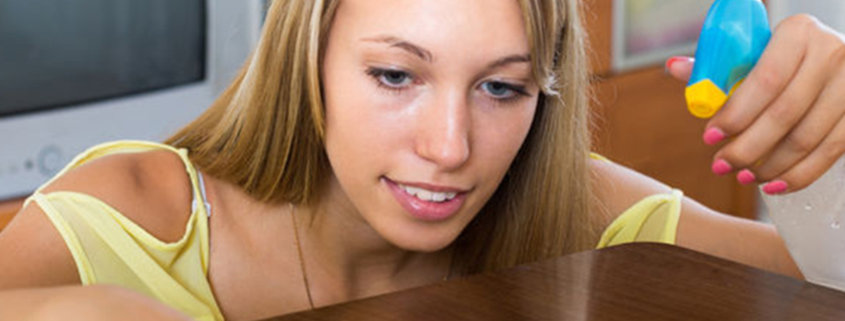


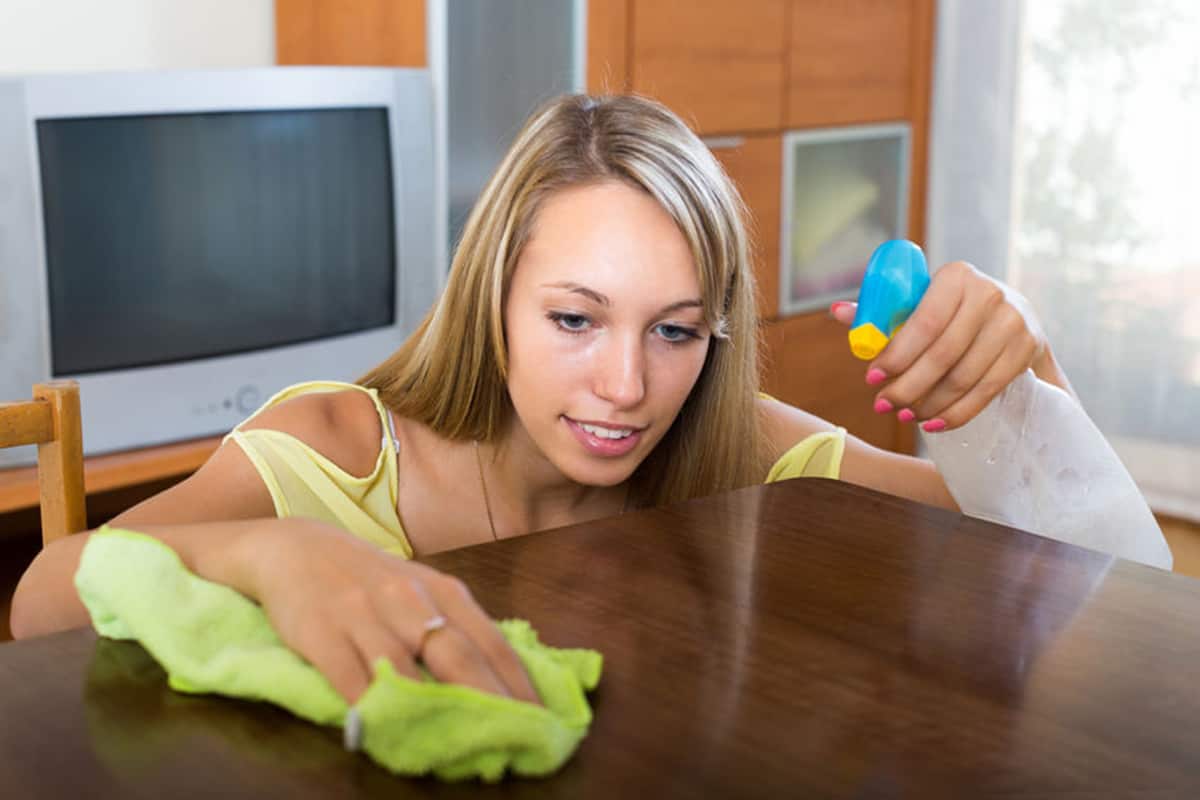
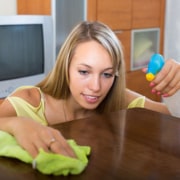


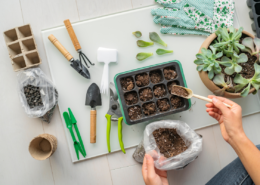

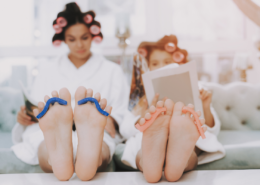

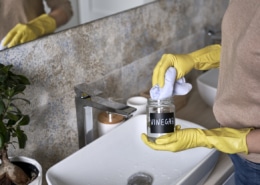
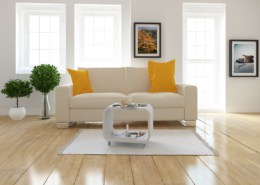
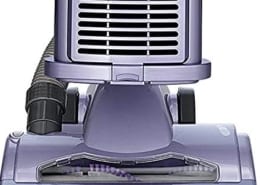
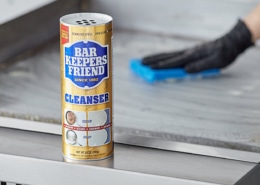
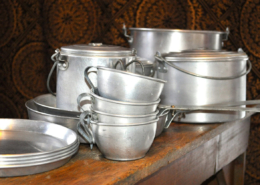


Do any of these recipes work on laminated floors? My roller caster chairs have made dull spots of tiny scratches under them where they roll continuously. Would like a recipe to solve this problem.
How to Clean and Care for Hardwood, Laminate, and Vinyl Floors
How to Clean and Care for Laminate Flooring to Keep It Looking Like New
I use mayonnaise as furniture polish, not just for white rings. A little bit on a cloth or paper towel does the job. I wipe it dry.
You know what else works great?. Ashes. My ex-husband was a smoker and at one 1 point I had no real mayonnaise so I use test with a very small amount of water and it just took those rings right away.
Hello from Australia, love your site.
I inherited a huge amount of mid-century furniture that needed to be cleaned but Im not a fan of store bought polishes/ cleaners. Also really over priced in AU.
NSW in Australia is now in an extended lockdown due the Delta variant of covid-19 ( 3 months! ) so I thought i’d better get to the task of cleaning all this furniture.
I came across this article and used Furniture Polish Recipe #2 – I could not believe the results!
There was alot of dirt and gunk build up considering some items were 70 years old but recipe #2 lifted and removed those stains like it was wiping off spilt water.
Thank you so much! very happy 🙂
When I had my dining room furniture refinished, I asked about what I should use as a polish, The answer was “never use polish’. To clean it, dust regularly and then just wring out a wet cloth until it’s barely damp and wipe the furniture down with that, just the way you’d do with a hardwood floor.
The mayonnaise trick works so well….Everyone thinks I’m crazy when I first tell them but then they try it anyway….not so crazy now. I’ve just begun to tell them it’s a hint from “my friend” Mary and they know it will work!
Thank you for everything over the years!
Thanks for your feedback on that, Vivian! You have been a loyal friend for so many years—that means the world to me!
I found that cigarette ashes works great also or may be almost any kind of ashes
My homemade floor wax, which also works on furniture, is beeswax, linseed oil and (either) turpentine, mineral spirits or ecohouse art solvent (made from orange peels). the solvent helps the the ingredients sink into the wood, the beeswax helps retain the oil in the wood. I did a friend’s floor with this and it looked gorgeous.
Thanks for this tip, Rowan … and the ingredients list. Can’t wait to give this a test try.
Mary, it was 57 years ago that I came across your #2 polish in the garage of a house I was renting. Fortunately the ingredients were handwritten on the bottle. What was so fantastic about this formula was that when I used it on a set of solid maple bunk beds I’d purchased at a garage sale it removed almost all of the scratches. So this is more than a polish. It can pretty much restore the furniture. I have guarded this formula in with my most important papers.
I love your columns. Thanks so much for your dedication to helping us.
Priscilla
I’m so grateful to know you are out there … reading and supporting! xo m